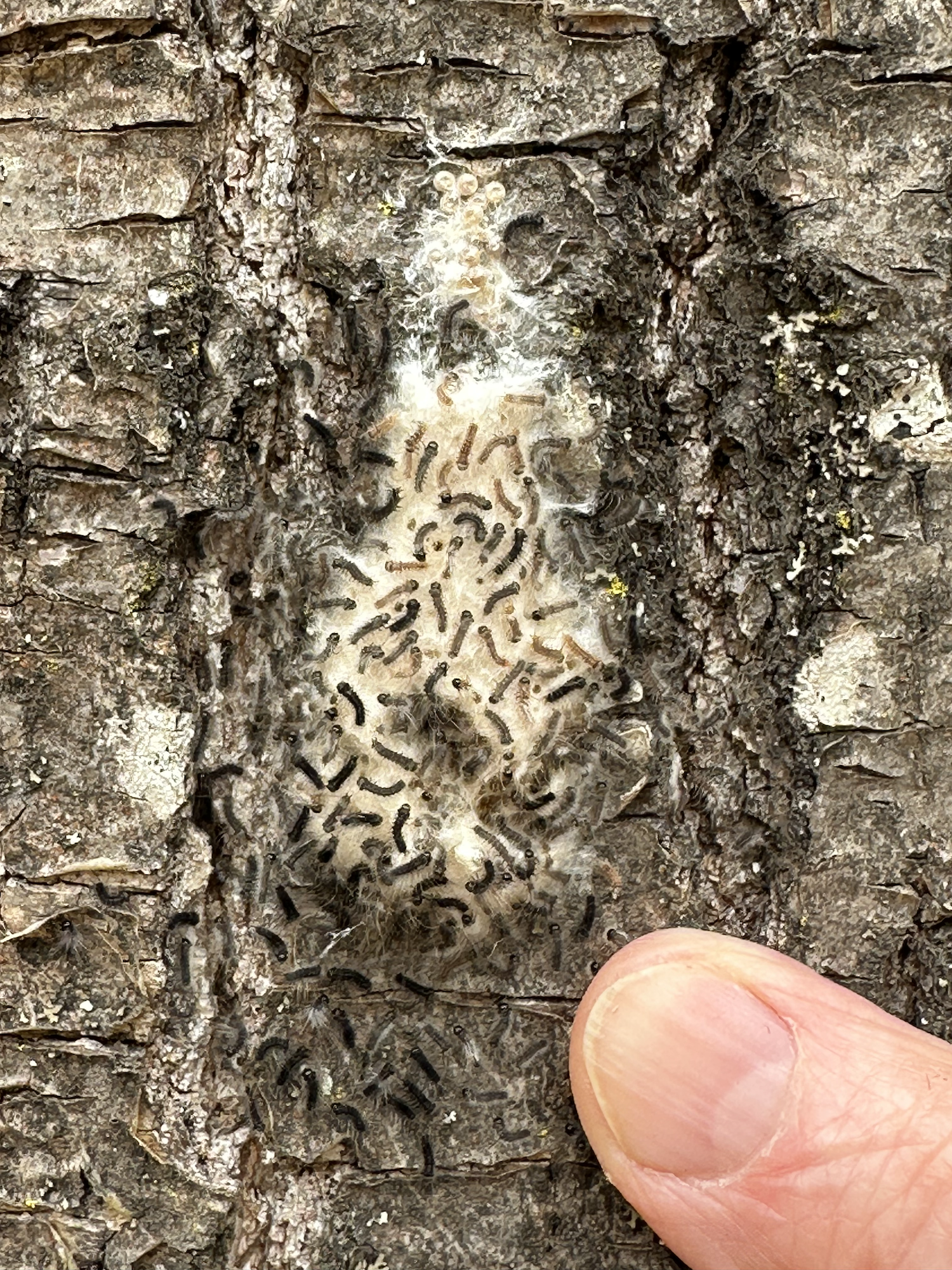Hemlocks (Endurance, Resilience)
/February, 2020
“If we surrendered to earth’s intelligence, we could rise up rooted, like trees….”
I’ve come to pay homage to the Hemlocks….there is no path, just soft indents in the snow suggesting where it had been a few weeks ago when I last snowshoed to the grove at the end of the Burroughs Trail.
A sign at the trailhead gives acknowledgement to the Anishinaabe (Ojibwe) who preserved this land for generations. How many, I cannot know, perhaps hundreds or even thousands of years. I can feel my feet trodding where others have gone, and still go.
The Ojibwe aptly call February the month of the Snow-Crusted Moon, and if it weren’t for the occasional red trail markers painted on the trees, it would be nearly impossible to find my way…so much of the familiar is obscured and hidden. The snow came on hard, and early, forcing saplings to bend to its will. The deeply blanketed forest holds a series of hoops, like some haphazardly designed croquet field. I free some from the grip of the deep snow, and their supple trunks spring back, resilient.
Everywhere is evidence of survival. Acorns are tucked into holes of hollow logs, trails of chewed maple seeds mark the entrance of tiny burrows, a network of tracks in the snow reveals the scurrying actions of red squirrels and mice. Tunnels give entrance to the subnivean zone underneath the snowpack, at ground level…a world of relative insulated warmth where rodent life goes on, unseen and protected.
The air is crisp, and biting cold. A sharp wind rises from the half-frozen Lake just beyond the cliffs and gorges where the Hemlocks grow. Here on the northern tip of Madeline Island, tracts of Eastern Hemlock forests still thrive. The deep gorges and rough terrain allowed some older trees to escape logging and fire, and their progeny are able to thrive in lower light levels than any other tree here. With a lifespan that can reach 800 years, its survival is a testament to longevity, tenacity, and slow endurance. It is a rarity, a remnant from a fast-disappearing world of dark night skies and silence.
The cold and solitude sharpens my senses, and a Raven chuckles at me overhead. I hear the whistling cries of two, then three, and then five eagles riding the wind in circles above me, exalted. I watch, transfixed, until they break formation and fade into tiny dots…my eyes watering from both bright sunlight and tears of wonderment.
Paths are made by walking…and so I forge on, my snowshoes crunching loudly through the thin, brittle crust of ice, my cheeks numbing, toward the beckoning shelter of the Hemlock grove. To stand in their dark wisdom is a religious experience…their trunks form a cathedral to the sky, shafts of sunlight catching glints of minute sparkling snowflakes drifting down from their soft-needled, swaying branches. Time stands still. In the deepest silence, I can hear myself breathing, my heartbeat in my ears.
These trees exude an ancient and deep knowing. I wonder what they have seen, witnessed, endured. They welcome me back unconditionally, their tiny elfin cones scattered like confetti at my feet, joyful brown patterns on the stark white snow. Wordless, I lean against a solid trunk, and listen. The wind whooshes and sighs, the soft rhythm of waves moving below washes my mind clear. Grounded and rooted, I am held as these trees have held their ground… for many generations past and many to come.



















